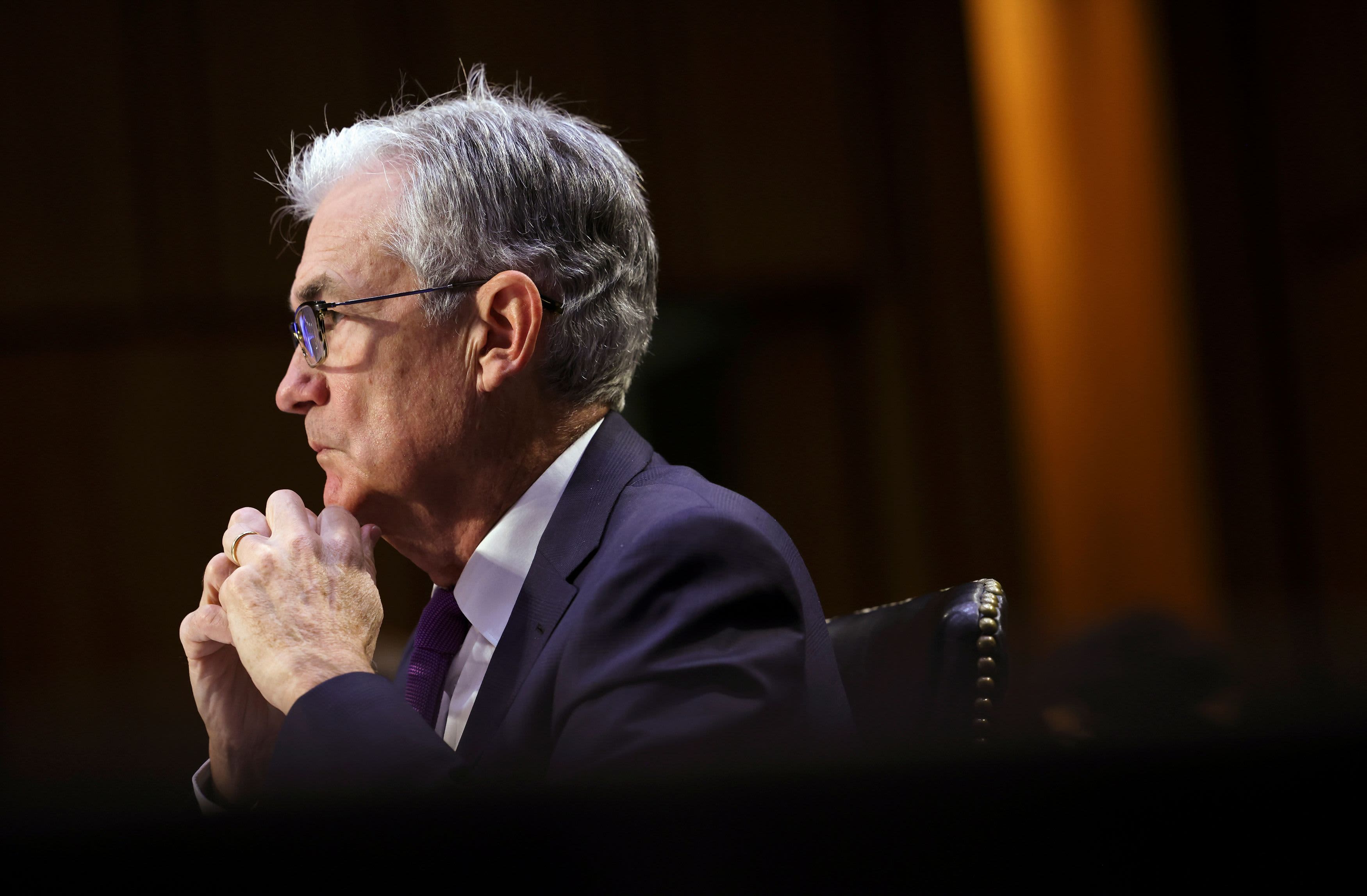Federal Reserve Chairman Jerome Powell believes that the omicron variant of Covid-19 and a recent uptick in coronavirus cases pose a threat to the U.S. economy and muddle an already-uncertain inflation outlook.
“The recent rise in COVID-19 cases and the emergence of the Omicron variant pose downside risks to employment and economic activity and increased uncertainty for inflation,” Powell said in remarks he plans to deliver to Senate lawmakers on Tuesday. “Greater concerns about the virus could reduce people’s willingness to work in person, which would slow progress in the labor market and intensify supply-chain disruptions.”
Treasury Secretary Janet Yellen will join Powell on Tuesday in testifying before the Senate Banking Committee. The Fed chief and Treasury secretary are required to report to Congress each calendar quarter as part of the March 2020 economic-relief legislation that magnified the central bank’s emergency lending programs.
Powell’s remarkets were released by the central bank on Monday evening.
The Fed chief also offered more direct comments on inflation, saying that it’s challenging to forecast the persistence and impact of supply constraints, but that it now appears that “factors pushing inflation upward will linger well into next year.”
He noted that many forecasters, including some at the Fed, predict that inflation will move down “significantly” over the next year as bulked-up supply chains overtake cooling demand for goods.
Powell’s remarks came just days after fears over a new Covid variant drove investors to ditch U.S. stocks and push back their expectations for future Fed rate hikes. The Dow Jones Industrial Average dropped 900 points, or 2.5%, on Friday and clinched its worst session of year on the week’s final day of trading. Markets rebounded some on Monday.
Concerns about the spread and potential impact of the omicron coronavirus variant caused traders on Friday to flock to the relative safety of Treasury bonds and reduce their forecast for future Fed rate hikes.
Last week, about 25% of investors said they thought the Fed would still have interest rates near zero in June 2022, with the other 75% betting the central would have hiked at least once by then, according to the CME Group’s FedWatch tool. That spread has since narrowed thanks in part to the new variant, with some 35% of investors now betting the Fed will still have rates near zero in June 2022.
The yield on the benchmark 10-year Treasury note fell 15 basis points on Friday to 1.49% before bouncing back above 1.5% on Monday. Bond yields fall as their prices rise.
While the Fed ended those lending programs earlier this year, the central bank has only just begun to reduce its $120 billion in monthly purchases of Treasury debt and mortgage securities. The central bank decided at its most-recent policy meeting to taper its regular asset purchases amid widespread supply-chain disruptions and inflation levels not seen in the U.S. since the 1990s.
